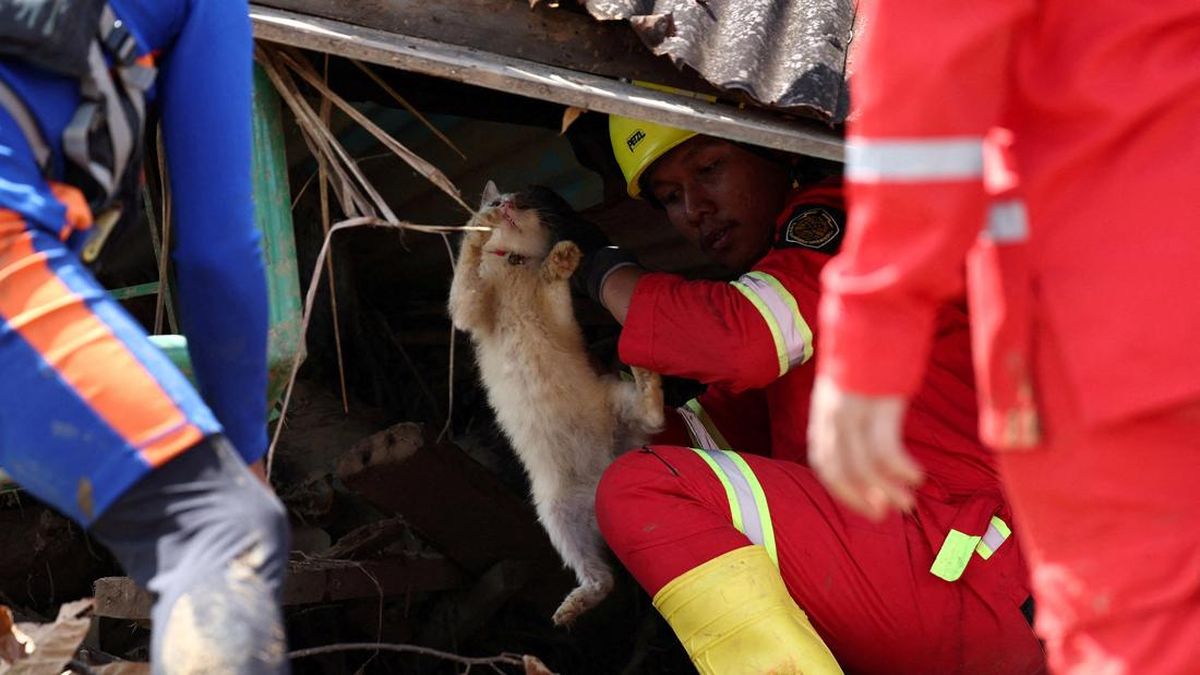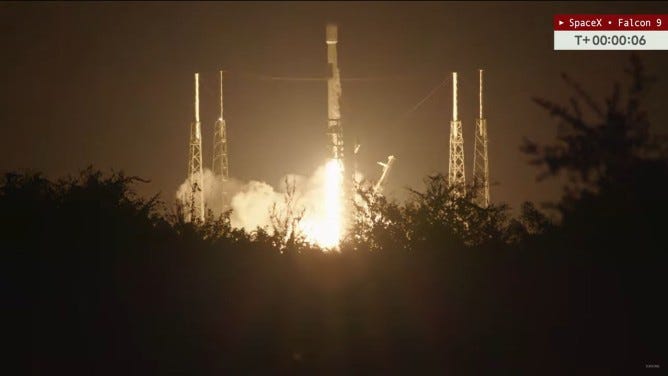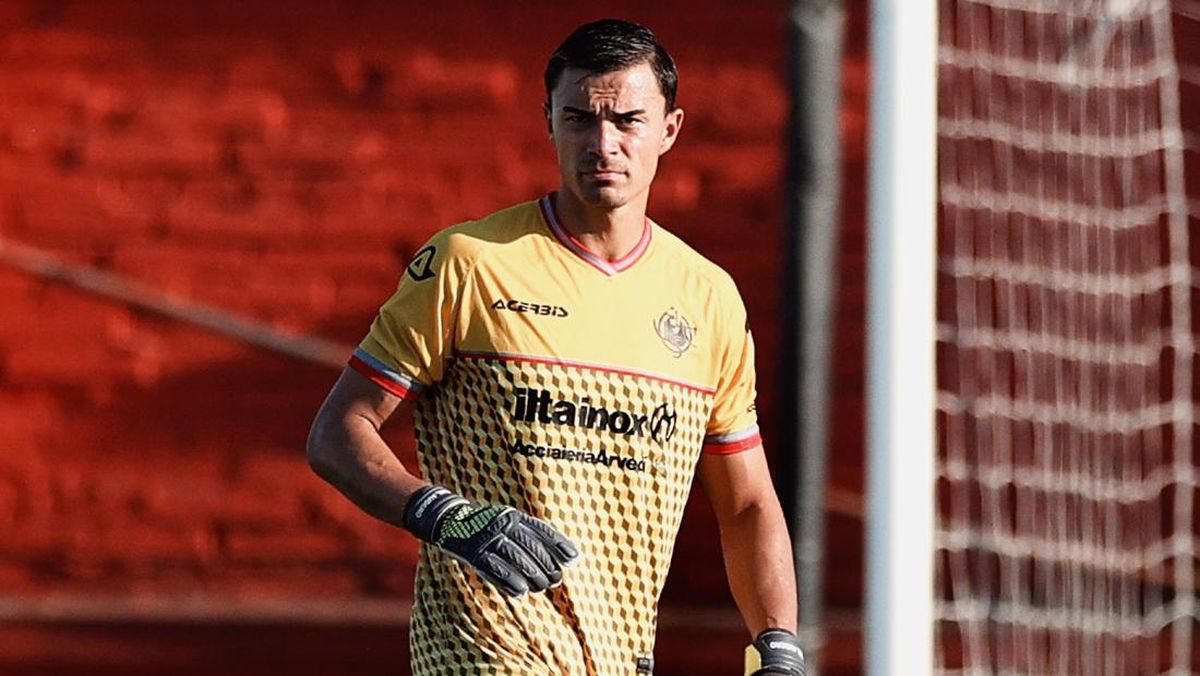A ceasefire was agreed to end the war, but that has not stopped Israel from attacking. On Sunday, an air attack killed four people. A few days before that, last Friday, another Israeli strike killed a man on a motorbike. And on October 17 Israeli warplanes killed at least one person.
None of these attacks were in Gaza – where Israel has also spent the few weeks since a ceasefire began on October 10 conducting attacks, many of them far more deadly than those described above.
Recommended Stories
list of 3 items- list 1 of 3Israel strikes southern Lebanon, killing two and wounding seven
- list 2 of 3‘Making history’: Mamdani to voters on election eve as Trump backs Cuomo
- list 3 of 3Saudi Crown Prince MBS to visit Trump on Nov 18: White House
Instead the attacks mentioned were conducted by Israel in Lebanon, and come a year after a ceasefire between Israel and Hezbollah began. Yet, despite that ceasefire, Israel has continued to attack sites across Lebanon periodically, much to the anger of the Lebanese people and government.
Israel argues that it has the right to conduct attacks in Lebanon it believes are necessary until Hezbollah fully disarms, even if a ceasefire is officially in place.
And analysts say the attacks in Gaza since the latest ceasefire, which have so far killed at least 236 Palestinians and wounded another 600, are evidence that Israel is implementing a policy of “Lebanonising” Gaza – officially ending the war, but using its far superior military strength to give it the right to conduct attacks whenever it wants for an indefinite period.
“They [Israelis] don’t want to resolve the conflict,” Rob Geist Pinfold, a scholar of international security at King’s College London, told Al Jazeera. “War is the new norm.”
Post-October 7 attacks reality
Before Israel’s war on Gaza began on October 7, 2023, groups like Hamas in Gaza and Hezbollah in Lebanon were believed to have a degree of deterrence against Israeli aggression.
“Before October 7 [2023], there was the belief that Israel cannot have a long or prolonged war,” Pinfold said. “Its economy and society meant it was a country that wouldn’t be able to function.”
However, since the October 7 attacks by Hamas and other Palestinian groups, which killed 1,139 people in Israel and took more than 200 captive, Israel has embarked on a forever war, attacking various targets around the Middle East even after coming to ceasefire agreements.
The most obvious example has been Lebanon, where despite a ceasefire agreement implemented on November 27, 2024, Israel repeatedly violated the agreement by continuing its attacks.
Prime Minister Benjamin Netanyahu warned on Sunday that the Israeli military could press ahead with further action if the Lebanese government did not do more to disarm Hezbollah, which was severely weakened in the war with Israel, most notably losing its longtime leader Hassan Nasrallah.
“We will not allow Lebanon to become a renewed front against us, and we will act as necessary,” he said, according to a statement issued by Netanyahu’s office.
The threats have led to a sense of trepidation among many in Lebanon, who fear a return to the widespread attacks across the country prior to the first anniversary of the ceasefire. However, for many in the country, particularly those in the south, where air raids and other attacks have been persistent over the last year, the ceasefire has never been implemented properly.
“This war is always here,” Abbas Fakih, a Lebanese journalist from the southern city of Nabatieh, told Al Jazeera.
“If you are from a border village, you cannot visit [it] because you will be targeted. Anyone can be targeted at any time.”
‘Lebanonisation’ of Gaza
This new status quo allows Israel to strike where it sees fit almost anywhere in the region. Israel has struck Gaza, the occupied West Bank, Lebanon, Syria, and Yemen, and has been accused of attacking Tunisia – without any action taken against it. It was only when Israel struck Qatar that a red line appeared to have been crossed, with the United States forcing Netanyahu to apologise.
In Lebanon specifically, Israel’s attacks have continued for a year with sparse international condemnation, with those statements usually only issued when Israel attacked the United Nations peacekeepers. Israel has also failed to withdraw its troops from at least five locations inside Lebanon, despite its commitment in the original agreement. In Gaza, some analysts believe this pattern may be repeating as Israel looks set to leave its troops deeper in the Strip than originally agreed upon.
But with the odd condemnation aside, there has been no effort by the ceasefire’s primary enforcer – the US – or the international community at large to hold Israel accountable for violating the ceasefire with Lebanon.
In the last year, Hezbollah has responded to Israel’s attacks only on one occasion. In December, Hezbollah launched an attack against an Israeli military position as a response to multiple ceasefire violations. There were no casualties, but Israel responded with force, killing 11 people in Lebanon, including a state security officer.
Analysts believe that Israel now wants to recreate a similar dynamic in Gaza, whereby Israel unilaterally sets the terms of what constitutes a ceasefire violation. Under this dynamic, Israel can continue to attack Gaza at will and any response from Hamas or any other Palestinian group will result in an Israeli escalation.
“Netanyahu knows very well there is no excuse for his air strikes today, but it is clear he is trying to establish a new situation in Gaza where you have no war and no peace,” Mustafa Barghouti, secretary-general of the Palestinian National Initiative, said during an interview with the Arab Center Washington DC on October 29. “No full war but continuous Israeli military attacks, exactly like he is doing in Lebanon.”
Chris Osieck, a freelance researcher who has contributed to investigations from Forensic Architecture and Bellingcat on Palestine and Israel, said the comparison to Lebanon is recent but parallels can be drawn to Israel’s behaviour from further back in history.
“What they have done in Gaza during the current iteration of the [ongoing] genocide and Lebanon is actually what they’ve been doing historically in al-Khalil and Dawaymeh, as well as Jerusalem,” Osieck told Al Jazeera, referring to massacres and land grabs from the establishment of the state of Israel in 1948 onwards.
He said the Gaza genocide is continuing in a “gradual form” through the continuation of air raids, while simultaneously blocking Palestinians in Gaza and Lebanese in the south from rebuilding.
Israeli journalists close to the Netanyahu government also say this is the new status quo.
“The [pre-war] Lebanonisation means your enemy is one inch from your border with their commando division and you trust the legitimacy or international border being sacred,” Amit Segal, an Israeli media personality with strong ties to Netanyahu’s government, told the Ezra Klein podcast recently. “The new Lebanonisation says you have military outposts behind, far from your international border, and you attack when needed.”
The new viewpoint of the Israelis, according to Segal, is, “you have to be wherever there is danger. This is the main lesson of October 7”.
Is the new status quo bearable?
In its new role as regional hegemon, Israel is flexing its military superiority over its neighbours. Some analysts believe it has a strategy to keep its neighbours weak and fractured to avoid any kind of economic or military competition.
But the question now is whether this strategy of constant war is sustainable.
“Israel cannot bomb the Middle East into a stable new order,” Marc Lynch, professor of political science and international affairs at George Washington University, wrote in a recent article for Foreign Affairs. “Regional leadership requires more than military primacy. It also demands some degree of consent and cooperation from other regional powers.”
As far as Gaza is concerned, the new strategy appears to be to stay deep in the Strip and have the military ready to strike. That, of course, means Israel has more land to monitor but also more room for resistance from Palestinian factions. And that could be a lose-lose situation for all involved.
“This status quo is more bearable for Hamas than for Israel,” Pinfold said. “The problem is that it is a direct impediment to reconstruction for the people of Gaza.

 1 month ago
15
1 month ago
15

















































